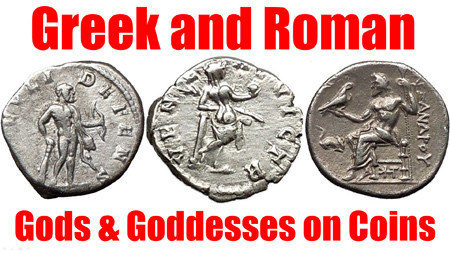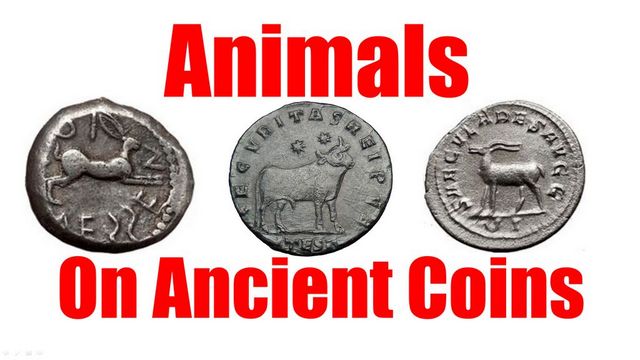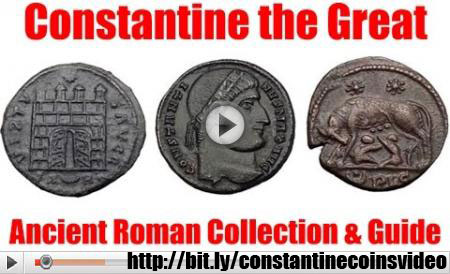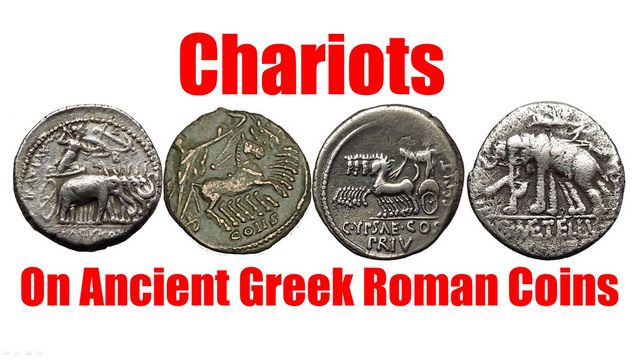
See the different types of chariots depicted on coins of ancient Greece and Rome
The ancient Greeks and Romans used the chariot for war, racing, processions and travel. On ancient coins, the chariot was featured being driven by emperors, important personages and even gods and goddesses. They were usually pulled by horses, but on ancient coins sometimes even by flying serpents and goats. There is a certain excitement associated with the chariot that is almost archetypal. The Latin word "carrus" is the root of the English word "chariot". Imagine the excitement the ancient spectators would feel as they saw chariots racing around the Circus Maximus in Rome or even other parts of the empire. Chariots are a fascinating topic of study and collecting. See the sights and feel the feeling with these authentic ancient coins depicting the chariot here.
Click here to see all coins with a chariot. 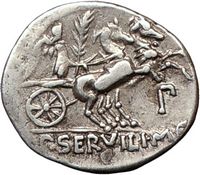
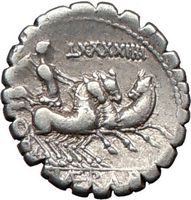
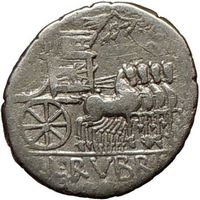
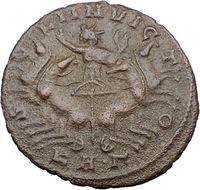
Biga, Triga and Quadriga chariots on ancient ancient Roman coins. Biga means a two horse, triga means a three horse and a quadriga means four horse chariot.
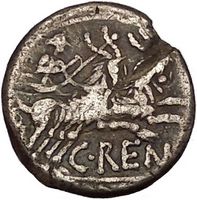
A chariot pulled by goats!

By winged serpents, with this depiction of
Triptolemus.
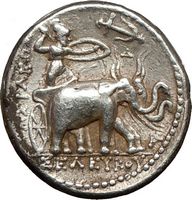
By even elephants! There is even a story about Pompey the Great who tried to use a chariot pulled by elephants for his triumphal march through Rome. It couldn't fit through the gates though, so he had to get on a regular chariot pulled by horses. There was a Greek general who had a battle on the streets of one of the Greek cities he tried to conquer. One of his commanders tried sending an elephant through the doorway into the city. However, the elephant got stuck and the re-enforcements could not come for the battle. Also it was Seleukos I of the Seleukid kingdom, who traded the territories Alexander the Great won in northern India for 500 War elephants. Hannibal also apparently used the war elephants. Alexander the Great battled elephants in India mounted by archers. Interesting and exciting creatures elephants are!
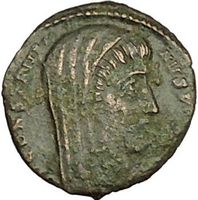
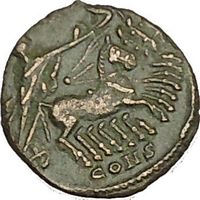
Interesting type issued for Constantine, for his deification, where he is pictured taking a quadriga (four horse)
chariot up to heaven with the hand of God accepting him.
 Download this article by right-clicking here and selecting save as
Download this article by right-clicking here and selecting save as
Article by Ilya Zlobin, world-renowned expert numismatist, enthusiast, author and dealer in authentic ancient Greek, ancient Roman, ancient Byzantine coins and beyond.
Article Source Here: CHARIOTS as shown on Authentic Ancient Greek & Roman Coins for Sale on eBay Cool article about collecting old coins. An ancient coin expert published this to educate people.
from Trusted Ancient Coins - Feed https://www.trustedancientcoins.com/ancient-greek-roman-chariots-coins/amp/
via https://www.trustedancientcoins.com
